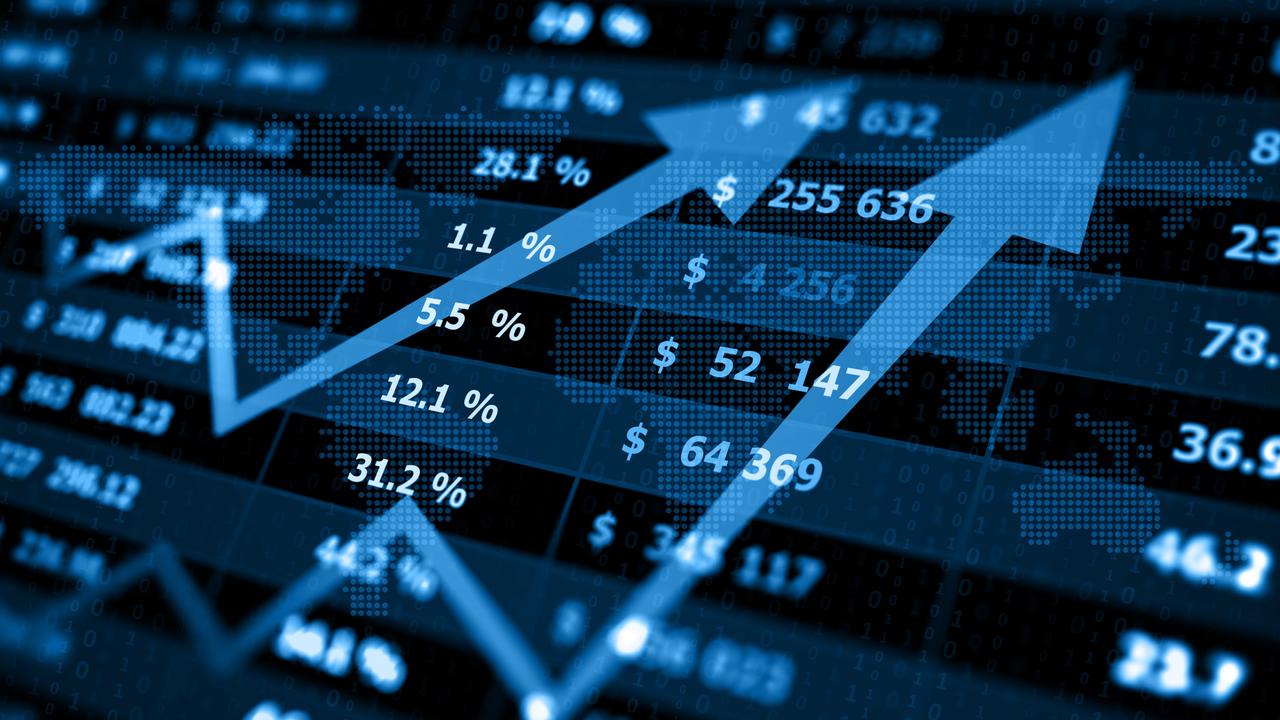Challenges to test bullish market mood in 2024
Equities markets finished 2023 with a surprising bang but the new year holds potential risks from prolonged inflation, corporate earnings and pivotal elections.

Equities markets finished 2023 with a surprising bang but the new year holds potential risks from prolonged inflation, corporate earnings and pivotal elections – including the US presidential race – any of which could trigger a correction.
Despite faltering in the year’s final trading session, major equity indices ended 2023 with double-digit returns. It was a year of bad forecasts, as Wall Street had anticipated a recession, a bond rally and a rebound in the Chinese economy.
“Pretty much all the markets apart from China ended the year up pretty significantly and very few forecasters really saw that coming,” said Tim Richardson, an investment specialist at Pengana Capital.
“The world seemed a much more gloomy place this time last year.
“What’s really shifted is the perception of the likely trajectory of global interest rates.”
Propelled by the “Magnificent Seven” stocks, the Nasdaq led the major US indices with a gain of 43 per cent, while the broadly based S&P 500 jumped 24 per cent.
The surge – which was mirrored by double-digit gains on leading Asian and European bourses – surprised market watchers who had bet on a recession in 2023, given aggressive interest rate increases to counter global inflation by central banks around the world.
Much of the gains were came in the two final months of the year, as investors cheered moderating inflation and a still-strong labour market as indicating the US economy could avoid a recession.
In Australia, the shift in sentiment fuelled a 12 per cent reversal in the two months since the end of October, when the S&P/ASX 200 index was trading well in the red, to close the year up 7.8 per cent.
The final piece of good news came with the Federal Reserve’s December forecast of three interest rate cuts in 2024, one more than markets were expecting.
“That’s probably the biggest thing that markets got wrong” in 2023, Mr Richardson said.
Money markets have fully priced in a cut in the US benchmark rate by the Federal Reserve in March, a situation that most economists say is unlikely to occur.
AMP capital chief strategist Shane Oliver said that with many technical indicators pointing to markets being overbought, this increased the risk of a correction early in the new year.
“The rebound has been fairly broadly based, which is a positive sign,” Dr Oliver said.
“But my concern in the short term is that the markets have run so hard that there is a risk of a correction sometime early in the new year.
“There are still a lot of risks around recession. Inflation could prove stickier than the markets are assuming, or it might take longer for the Fed and other central banks to start cutting interest rates.
“There is also the situation in the Middle East, which continues to bubble along and could have a bigger impact if it expands.”
Dr Oliver said 2024 was likely to be more volatile than 2023 from a political point of view. “Half the world is facing elections in 2024, including the US, Taiwan, Canada, India, Mexico, South Africa, and in the European Union parliament,” he said.
“Associated with that, there’s still a risk of a government shutdown in the US from January 19, and the Taiwanese election on January 13 could either see an escalation of tensions between Taiwan and China or a de-escalation, depending on who wins.
“So there’s a lot of things that can cause volatility in the year ahead.”
Ultimately, however, a downward trend in inflation and lower rates would probably help markets rise again in 2024 and produce a reasonable return by year end, he said.
Most stock exchanges around the world, including the US and Australia, will be closed on Monday for the New Year’s Day holiday.

The bullish investor sentiment will face its first test for the year on Friday, when US labour market data is expected to show easing wage growth in December.
The median forecast in a Bloomberg survey of economists is for a 3.9 per cent increase in average hourly earnings from a year earlier, the smallest annual gain since mid-2021. The unemployment rate is projected to tick up to 3.8 per cent.
On Wednesday, the Fed will publish the minutes of its pivotal mid-December meeting, at which officials held rates steady and signalled an end to their aggressive campaign of hiking interest rates.
The first week of the new year will also include closely watched surveys of US manufacturing and service activity in December.
At home, Australian home-price data on Monday is expected to show the Reserve Bank interest rate increases are hurting the property market, but it will be an otherwise light week for economic news.
Official economic data at home will not ramp up until the second week of the year, with retail sales figures out on January 9, and monthly inflation for November the day after.
More broadly in Asia, the first week of the year will begin with December export numbers from South Korea, an indicator that offers an early signal of the health of global commerce and tech demand.
China’s Caixin manufacturing purchase managers index (PMI) on Tuesday will give a reading into how the country’s private-sector factories are faring after the pre-festive season peak for exporters has passed.
Additional reporting: Agencies








To join the conversation, please log in. Don't have an account? Register
Join the conversation, you are commenting as Logout